Mongolia, known as Mongol uls (Монгол улс) in Mongolian, is a landlocked country located between China and Russia. It’s a vast emptiness that links land and sky and is one of the last few places on the planet where nomadic life is still a living tradition.
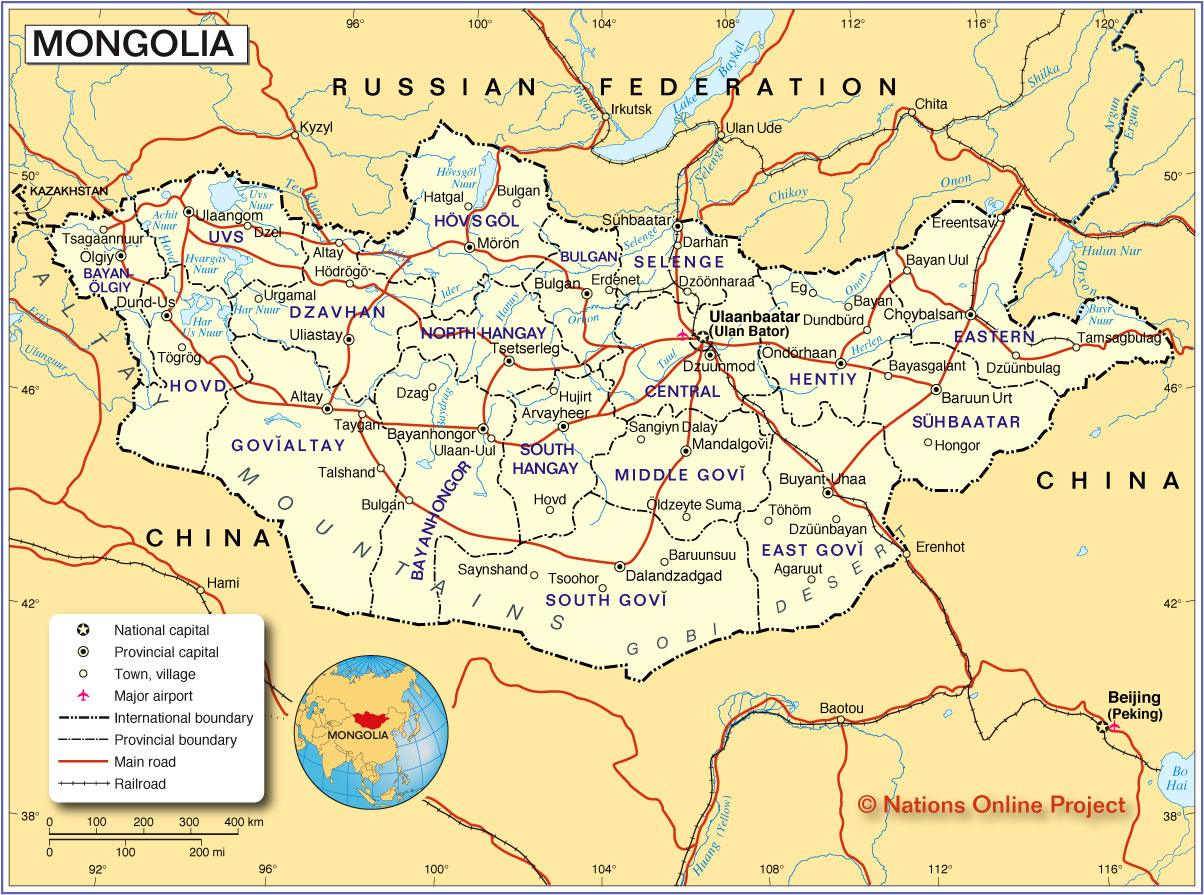
Mongolia may have geopolitical, cultural, and geographical meanings.
Mongolia covers an entire area of 1.566.500 km- it takes 18th place with its size in the world. Mongolia stretches about 2.400 km from the west to the east and about 1.260 km from the north to the south. The total length of the country’s border is 8.156 km. The total area of Mongolia is larger than the combined areas of Great Britain, France, Germany, and Italy.
The northern part of the country is covered by forest mountain ranges and the southern part by desert, desert steppe, and steppe areas with low mountains.

High snow-capped mountains and glaciers and the eastern part by vast plains and wild heaths dominate the western part. The Mongolian environment has a large variety of features. Mongolia can be divided into six zones; desert, mountain, mountain taiga, mountain forest-steppe, arid steppe, and taiga.
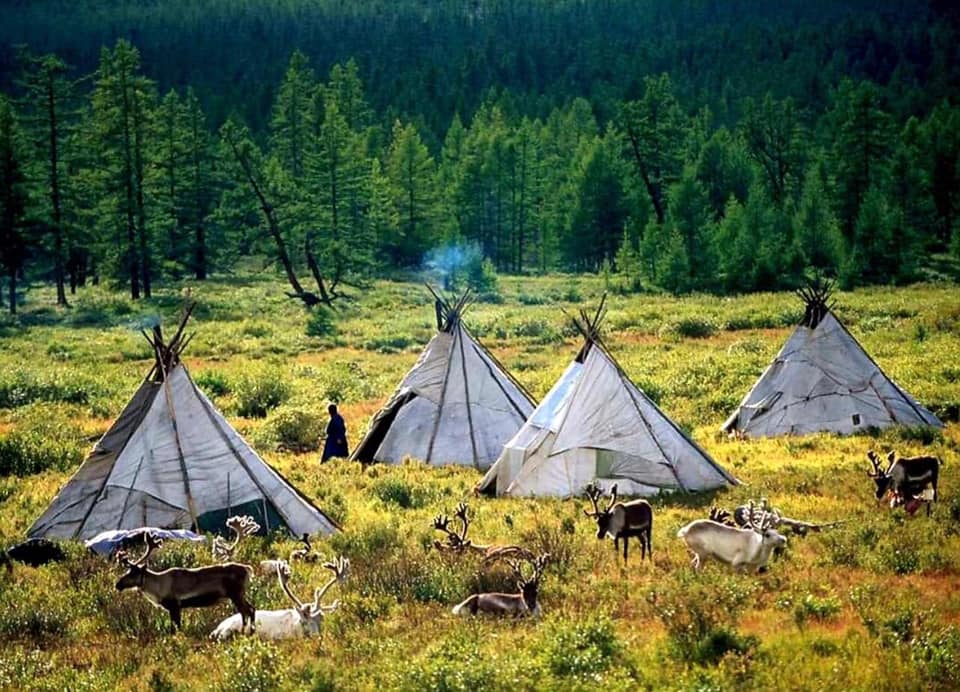
The capital city, as well as the industrial and commercial center of Mongolia, is Ulaanbaatar. Ulaanbaatar is located on the banks of the river Tuul and is surrounded by the beautiful foothills of the Khangai mountain range, with the centuries-long protected holy Bogd Khan mountain facing the city to the south. The city sits at an altitude of 1350 meters above sea level and presently covers an area of 470,000 hectares. As of January 2011, the Ulaanbaatar city population was 1,161,785 with a density of 247 people per square kilometer.

Although it boasts over 260 sunny days a year and is known as the “Land of the blue sky”, Mongolia’s climate is extreme. Long subarctic winters are harsh with average temperatures dropping to -34’C (-88’F) in January and early February. So some rivers remain frozen until June. The general landscape of the country is concerned with its natural origin, which is comparatively less destroyed by human activities and remained to keep its original nature.
Nomadic Civilization and Culture of Mongolia
Mongolia is totally landlocked country so that its climate is sharp continental and dry with 4 seasons, the geographical location is diverse. Influenced by these, Mongolians have developed a unique nomadic civilization since Neolite.
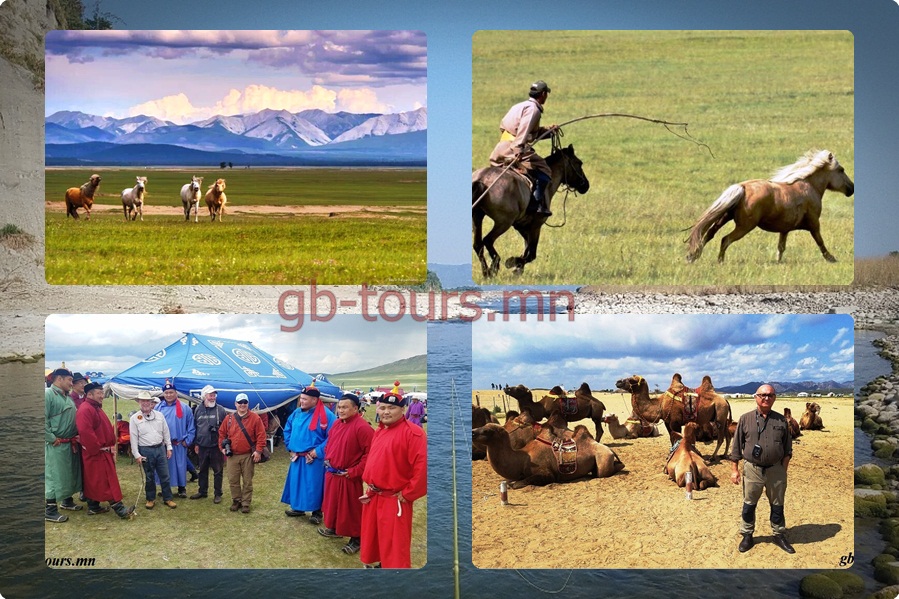
They have run animal husbandry in their vast land and move for the best pasture and water frequently. But it does not mean that Mongols are all nomads living in their gers (traditional dwelling), also they have developed their own urban civilization and architecture.
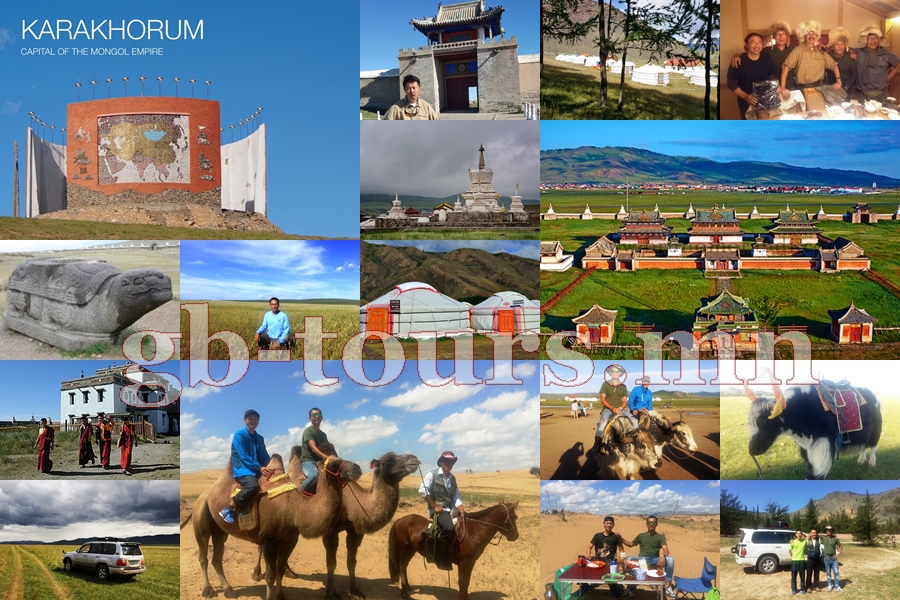
The first Mongolian Empire the Khunnu had its capital city on the bank of the River Orkhon. Each Empire of Mongolia had capital cities. Mongolian Architecture was influenced by Buddhism a lot like many other Buddhist countries. You can see it from a number of monasteries.
Religions of Mongolia
By now Mongolia’s main religion is Buddhism, with 90% of the whole population are Buddhists. The rest are Muslims, Shamanists,s and few Christians. Mongolians’ first religion was shamanism, it arose during the Clan structure. At that time it was simple, just magic. According to archeological findings, about 100000-40000 years before the people lived on the land of today’s Mongolia had this religion. 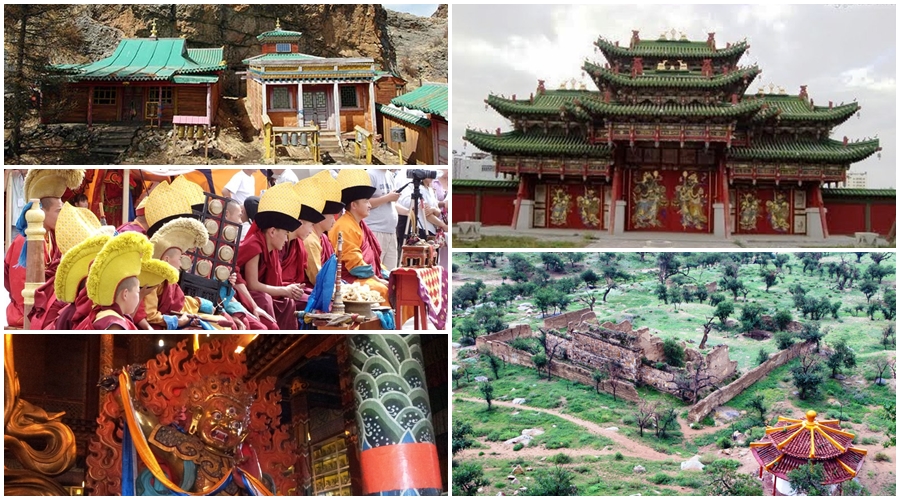 On the ancient earth, every clan had a belief about their origin that they were descended from an animal or a plant, and they called it tutelary genius. The Mongols adored deer or wolves.
On the ancient earth, every clan had a belief about their origin that they were descended from an animal or a plant, and they called it tutelary genius. The Mongols adored deer or wolves.
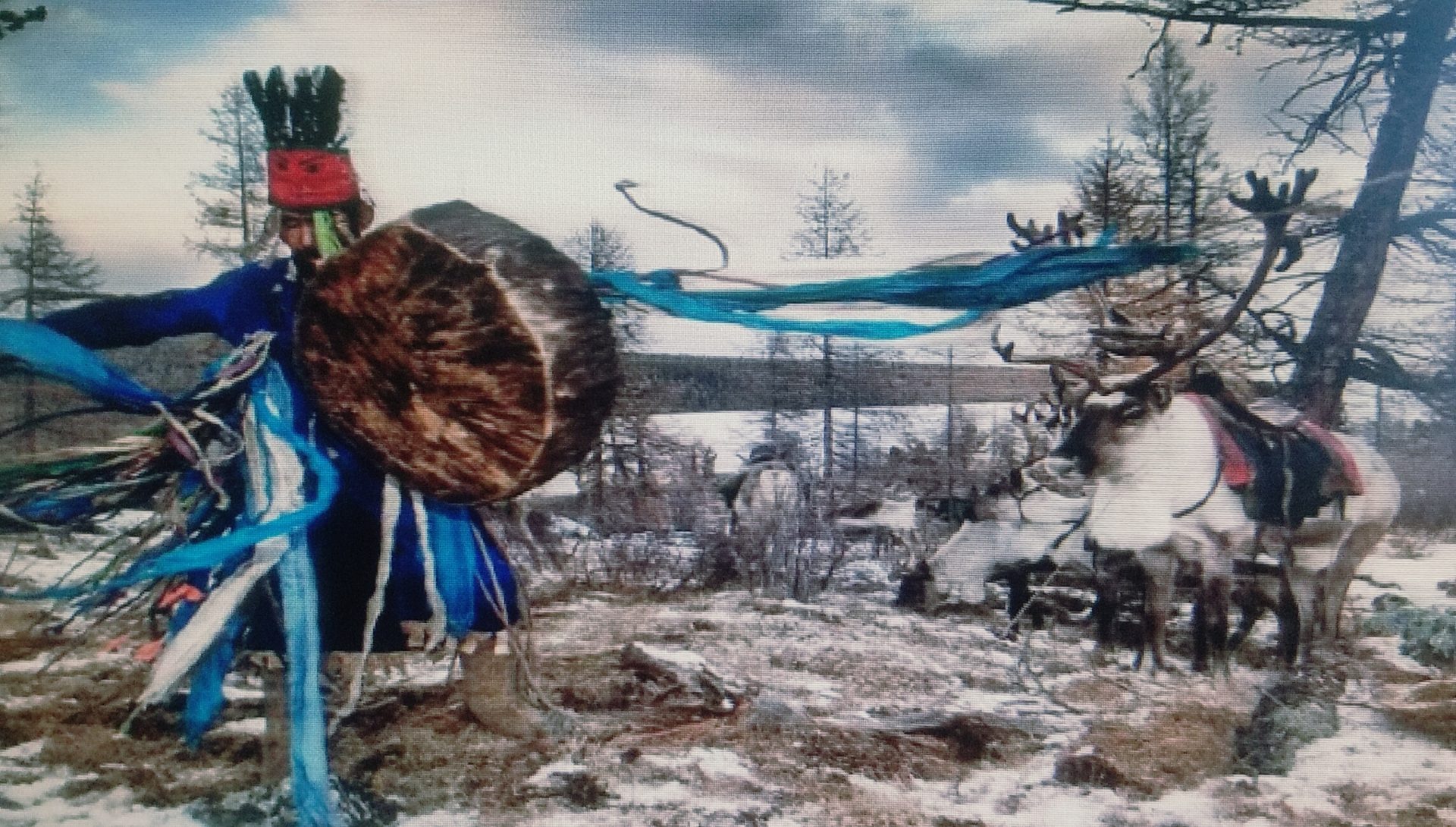
Brief History of Mongolia
A large number of ethnicities have inhabited Mongolia since prehistoric times. Most of these people were nomads who, from time to time, formed confederations that rose to prominence. The first of these, the Xiongnu, were brought together to form a confederation by Modun Shanyu in 209 BC.
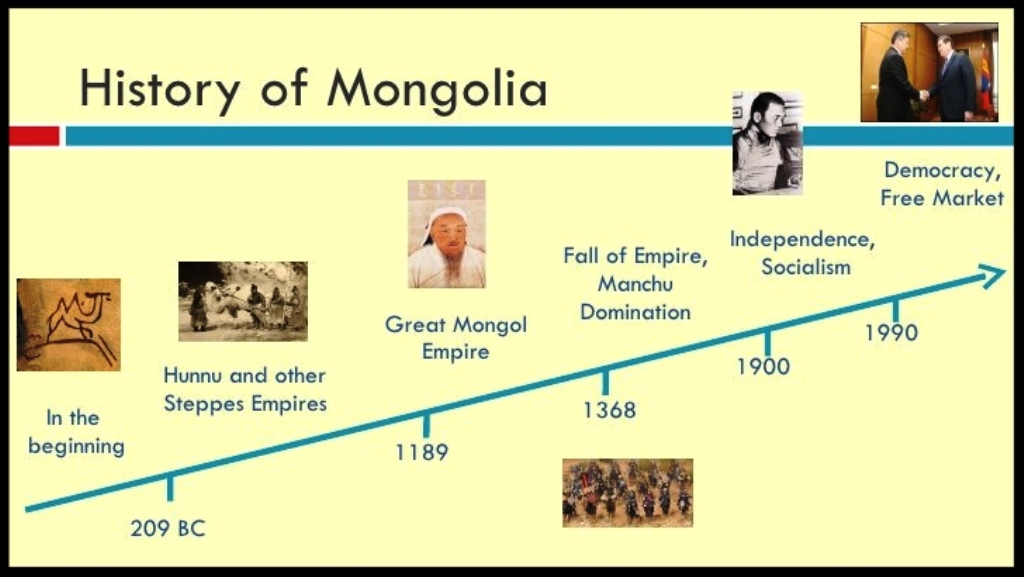
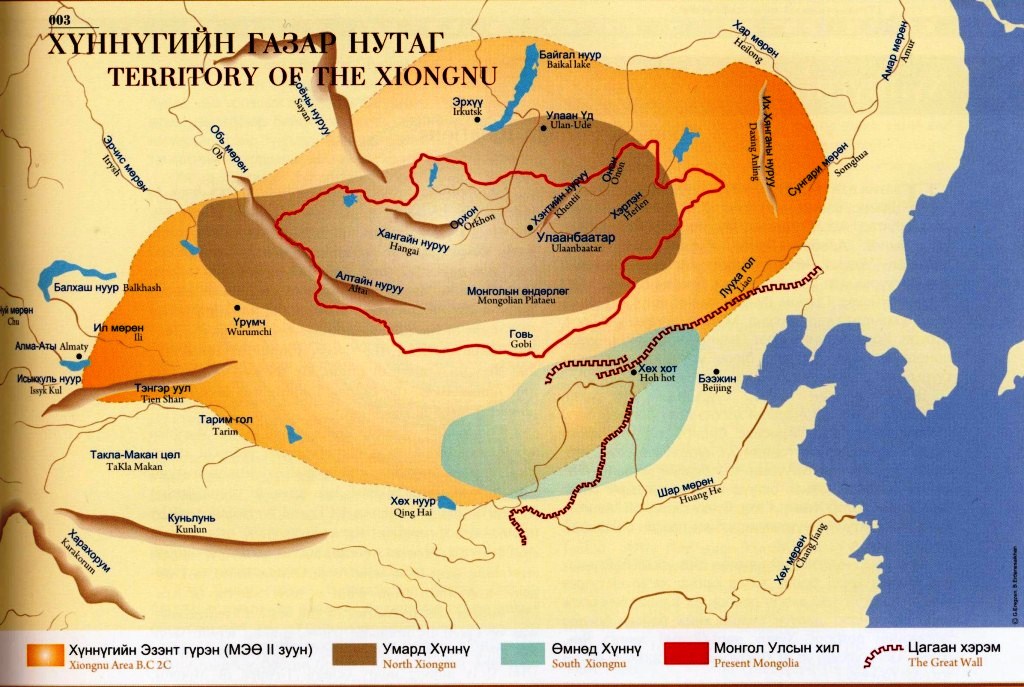
In 1206, Chinggis Khan (also known as Genghis Khan) founded the Mongol Empire, the largest empire in history. The Mongol Empire’s territory extended from present-day Poland in the west to the Korean peninsula in the east, from Siberia in the north to the Arab peninsula, and Vietnam in the south, covering approximately 33 million square kilometers. In 1227, after Chinggis Khan’s death, the Mongol Empire was subdivided into four kingdoms. In 1260, Chinggis Khan’s grandson, Kublai Khan, ascended the throne of one of the four kingdoms that encompassed present-day Mongolia and China.

In 1271, Kublai Khan formally established the Yuan Dynasty. The Yuan Dynasty was the first foreign dynasty to rule all of China until it was overthrown by the Chinese Ming Dynasty in 1368.
The Mongol court returned to its native land, however, centuries of internal conflict, expansion, and contraction brought them to fall into the Manchu Qing dynasty. They conquered Inner Mongolia in 1636. Outer Mongolia was submitted in 1691. For the next two hundred years, Mongolia was ruled by the Qing Dynasty until 1911. Mongolia declared its independence in 1911 under the Bogd Khan, the spiritual leader of Mongolia’s Tibetan Buddhism. However, the Chinese government still considered “Outer Mongolia” as part of it and invaded the country in 1919.
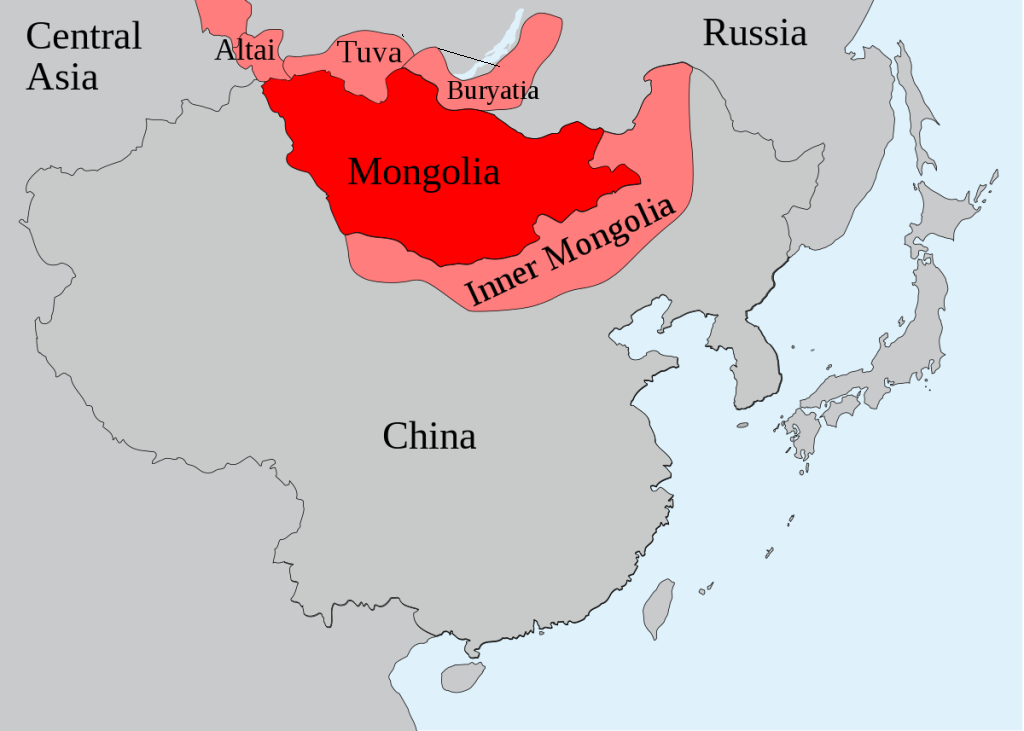
In 1921, the People’s Revolution won in Mongolia with the help of the Russian Red Army and thus Mongolia became the second socialist country in the world. After Bogd Khan’s death in 1924, the Mongolian People’s Republic was proclaimed and the first Constitution was adopted.
Mongolia was under a Soviet-dominated Communist regime for almost 70 years, from 1921 to 1990. In the fall of 1989 and the spring of 1990, new currents of political thought began to emerge in Mongolia, inspired by the glasnost and perestroika in the Soviet Union and the collapse of the Communist regimes in Eastern Europe. In March 1990, a democratic revolution that started with hunger strikes to overthrow the Government led to the peaceful renouncement of communism. Mongolia’s renouncement of communism led to a multi-party system, a new constitution, and a transition to a market economy.
Over the past two decades, Mongolia has transformed itself from a socialist country with a planned economy into a vibrant multi-party democracy with one of the world’s fastest-growing economies.
Mongolia is the world’s second-largest landlocked country and occupies a territory of 1.56 million square kilometers. Mongolia is located in Northern Asia, bordered by Russia in the north and China in the south, east, and west. Mongolia is the world’s least densely populated country, with a population of more than 3.1 million people living in a vast area of 1.56 million square kilometers.
Ulaanbaatar is Mongolia’s capital and the largest city and home to approximately 45% of the country’s population.
Ethnic Mongols comprise approximately 94.9% of the population, Kazakh 5%, and Turkic, Chinese and Russians make up the remaining population.
The official language is Mongolian and is spoken by 90% of the population. English is quickly replacing Russian as the most popular language following Mongolian. Many Mongolians also speak Korean, Japanese, Chinese, German, and other western European languages.



